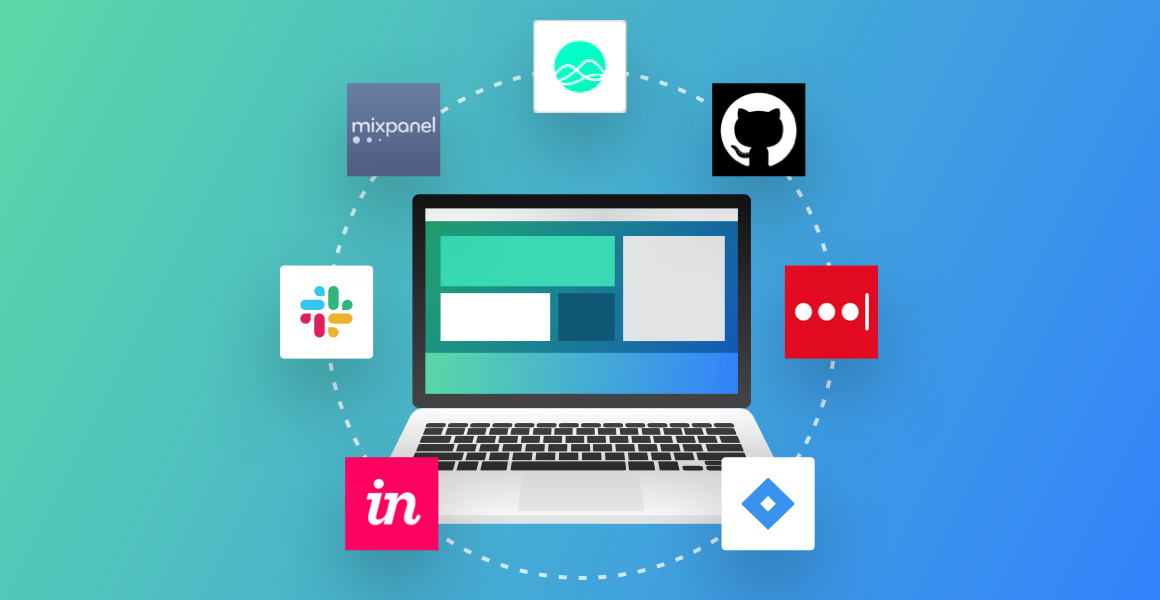The construction industry has undergone a significant shift in recent years due to the increasing importance of adopting technology solutions.
From project management software to virtual reality tools, construction technology has the potential to streamline processes, increase efficiency, and improve overall productivity.
However, building a construction tech stack can be daunting due to the abundance of solutions on the market.
This article will provide 11 tips to help you build your construction tech stack and identify solutions that best fit your business needs and goals.
- Define Your Construction Technology Goals
Identifying your construction technology goals is crucial before selecting specific tools. Determine areas needing improvement, such as project management, scheduling, communication, or document management.
Focus on pain points in your current processes and envision how technology can address these challenges. This clarity will effectively guide your tool selection process.
- Assess Your Current Workflows And Processes
Take a comprehensive look at your existing workflows and processes to identify areas that can be streamlined or automated.
Understanding your current operations will help determine where technology can significantly impact your business.
Look for bottlenecks, inefficiencies, or repetitive tasks that construction technology can eliminate or optimize.
- Thoroughly Research Available Construction Tech Solutions
Conducting thorough research is crucial to finding the ones that best suit your requirements, given the wide array of construction tech solutions available.
Explore reputable software providers, read customer reviews, and compare features and pricing.
Look for intuitive, scalable solutions that offer integration capabilities with other tools in your tech stack.
- Prioritize Integration And Compatibility
To maximize the benefits of your construction tech stack, prioritize integration and compatibility among the tools you choose.
Seamless integration allows for smooth data flow and eliminates the need for manual data entry or duplicate efforts.
Ensure that your selected tools can integrate with your existing systems, such as accounting or project management software.
- Consider Mobile Capabilities
Mobility is crucial in the construction industry. Look for construction tech solutions that offer mobile capabilities, such as mobile apps or cloud-based platforms.
This allows your team to access and update information in real time, regardless of their location.
Mobile access to critical project data, blueprints, or schedules improves communication and facilitates collaboration on-site.
- Prioritize User-Friendly Interfaces
A user-friendly interface is essential for successfully adopting and utilizing construction tech tools.
Consider the ease of use and intuitiveness of the software you choose.
Tools with simple, well-designed interfaces and intuitive navigation will minimize user resistance and require less training, ensuring a smoother transition to your new tech stack.
- Seek Scalable Solutions
Choose scalable solutions that can accommodate your evolving requirements as your construction business grows.
Scalability allows adding new functionalities or users without major disruptions or extensive migrations.
Consider the long-term potential of the tools you select and their ability to grow with your business.
- Prioritize Data Security And Privacy
Construction projects involve sensitive data, including financial information, client details, and specifications.
When integrating construction technology into your workflows, prioritize data security and privacy.
Ensure that the tools you choose have robust security measures, such as encryption, user permissions, and data backup protocols, to protect your valuable information.
- Plan for Training And Support
Introducing new technology to your construction team requires proper training and ongoing support.
Consider the training resources, tutorials, or customer support availability provided by software vendors.
A well-supported tech stack ensures that your team can quickly adapt to the new tools, maximizing their benefits and minimizing disruptions to daily operations.
- Regularly Evaluate Your Construction Tech Stack
Building a construction tech stack is not a one-time task. It requires regular evaluation and updating to ensure its continued effectiveness.
During these reviews, assess the performance of each tool, its integration with other components of your tech stack, and its alignment with your evolving business needs.
Gather feedback from your team members and project stakeholders, such as clients, subcontractors, or suppliers, to gauge the effectiveness of your tech stack.
They can provide valuable insights into how the tools perform, any challenges they face, and suggestions for improvements.
Additionally, regularly monitor key performance indicators (KPIs) related to your construction processes.
This could include metrics such as project completion time, budget adherence, or customer satisfaction.
Make informed decisions about updating or replacing certain tools in your tech stack based on the results, ensuring that it continues to support your business goals effectively.
- Stay Up-to-Date With Industry Trends
As you evaluate your tech stack, look for new solutions that may offer improved functionalities or better integration capabilities.
Technology constantly evolves, and new tools may emerge to address your specific pain points more effectively.
Stay up-to-date with industry trends by following publications, attending conferences or webinars, and engaging with industry experts.
This will help you identify new tools or features to improve your processes.
Final Thoughts
Building a robust construction tech stack is crucial for maximizing productivity and staying competitive.
Define your goals, assess your workflows, prioritize integration and compatibility, and consider mobile capabilities, user-friendly interfaces, scalability, and data security.
Regularly evaluate and update your tech stack to stay current with industry trends. Embrace the power of construction technology to drive your business forward in this digital era.

